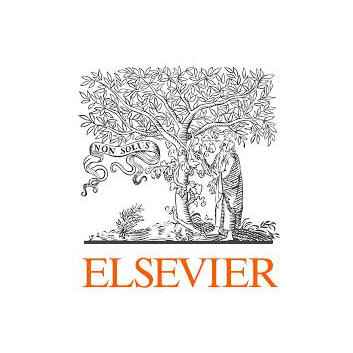Learning Numerical Attributes in Knowledge Bases
doi:10.24432/C5Z59Q
TL;DR
Prediction of numerical attribute values associated with entities in knowledge bases. Knowledge bases (KB) are often represented as a collection of facts in the form (HEAD, PREDICATE, TAIL), where HEAD and TAIL are entities while PREDICATE is a binary relationship that links the two. It is a well-known fact that knowledge bases are far from complete, and hence the plethora of research on KB completion methods, specifically on link prediction. However, though frequently ignored, these repositories also contain numerical facts. Numerical facts link entities to numerical values via numerical predicates; e.g., (PARIS, LATITUDE, 48.8). Likewise, numerical facts also suffer from the incompleteness problem. To address this issue, we introduce the numerical attribute prediction problem. This problem involves a new type of query where the relationship is a numerical predicate. Consequently, and contrary to link prediction, the answer to this query is a numerical value. We argue that the numerical values associated with entities explain, to some extent, the relational structure of the knowledge base. Therefore, we leverage knowledge base embedding methods to learn representations that are useful predictors for the numerical attributes. An extensive set of experiments on benchmark versions of FREEBASE and YAGO show that our approaches largely outperform sensible baselines. We make the datasets available under a permissive BSD-3 license.
Citation
@inproceedings{
kotnis2019learning,
title={Learning Numerical Attributes in Knowledge Bases},
author={Bhushan Kotnis and Alberto Garc{\'\i}a-Dur{\'a}n},
booktitle={Automated Knowledge Base Construction (AKBC)},
year={2019},
url={https://openreview.net/forum?id=BJlh0x9ppQ},
doi={10.24432/C5Z59Q}
}







